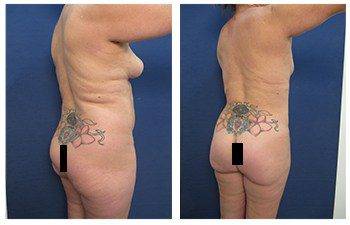
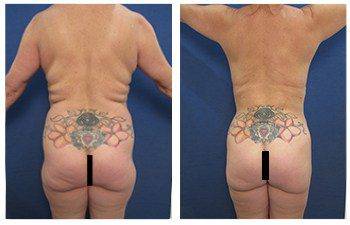
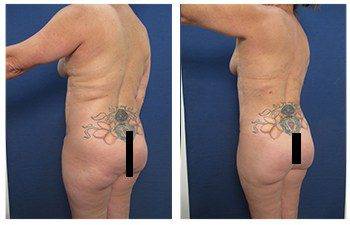

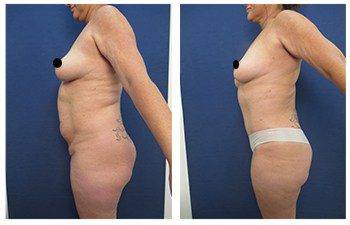
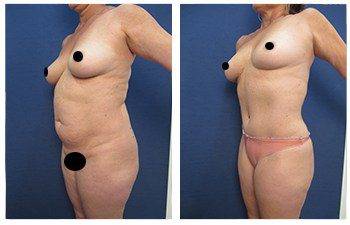

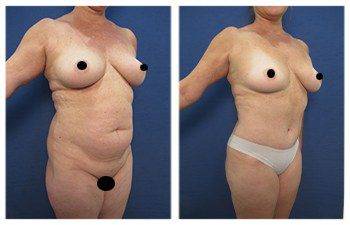
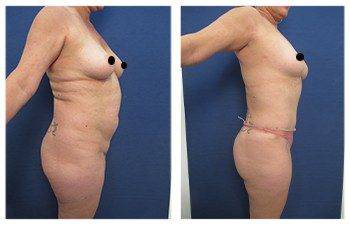

VASER liposuction of thighs requires consideration of several factors including the degree of excess fat, amount of skin redundancy, and whether fat grafting is required to achieve optimal contour lines. VASER liposuction in general demands high definition liposuction”>high definition liposuction standards in contouring and outcomes. This same standard holds not only for the entire body but also for the thighs. Finally, when we evaluate the thighs we must not only evaluate each leg independently but also consider the medial versus lateral thigh requirements as well.
Degree of excess fat in the thighs
Excess fat in each thigh must be evaluated independently as most individuals present with variable sized and shaped thighs. Furthermore, the degree of fat excess in the medial versus the lateral thighs varies significantly. The medial thighs tend to possess fat in the superficial layer whereas the lateral thighs carry their fat in the deep layer. As such, VASER liposuction in the thighs requires administration of ultrasound in two separate layers.
Following the administration of ultrasound, liposuction should be performed only in the superficial plane whereas liposuction should be performed only in the deep plane. This differentiation in fat layer removal is also critical when you consider anatomic differences and contour goals.
For example, the superficial fat layer of the lateral thighs should be maintained where any superficial irregularities would be apparent. In contrast, the medial thighs and especially the posterior thighs are prone to sagging if the deeper retaining ligaments are disrupted.
Amount of redundant skin in the thighs
VASER liposuction in the medial thighs is guided towards the superficial layer. This is because the skin of the medial thighs is the thinnest and most redundant of the body. Tightening of the medial skin can be accomplished best with Renuvion subdermal coagulation which utilizes combined technology of Helium activated plasma and radiofrequency energies that will thermally contract the collagen molecules of the skin and fibroseptal network most dense in the superficial layer of the skin.
Coined subdermal coagulation, this being able to direct this energy in the superficial plane of the skin provides the most efficacious medial thigh tightening. In contrast, the lateral thighs are not amenable to having Renuvion subdermal coagulation treatment since the superficial fat layer is maintained to avoid contour irregularities.
Fat transfer to optimize contour lines
Fat transfer to the upper lateral thighs is a routine requirement as the lateral thighs are intimately associated with the lateral buttock region. When optimizing the buttock contour, patients utilize the Buttock Assessment Tool to chose the ideal buttock size and shape. Of the shape permutations demonstrated, clients most favor maximizing the mid-lower buttock volume.
When attempting to maximize the mid-lower buttock region, it becomes critical to not only VASER liposuction the lower-mid lateral thighs but to simultaneously fat graft the mid-upper lateral thighs. This is because ideal feminine contour lines require smooth transitions between the lower back and buttocks as well as the buttock and lateral thighs.
VASER liposuction of thighs summary VASER liposuction of the thighs requires acknowledgment of excess fat, skin redundancy, and simultaneous fat grafting to ensure optimum contour lines. Effective VASER liposuction of thighs needs consideration of each thigh as well as differential treatment of the medial thighs versus lateral thighs. Attention to detail is critical to achieving high definition body contouring results.
